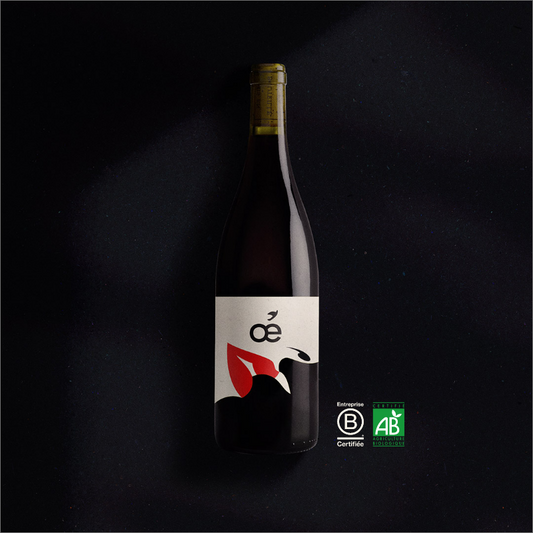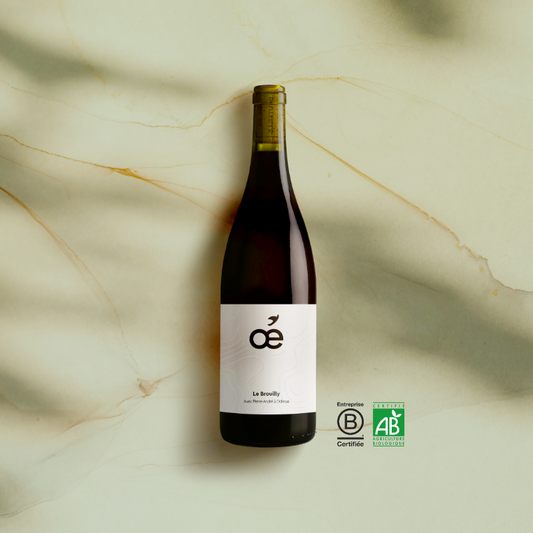It's summer, and you're looking for a delicious rosé wine. Between the IGP Var and the AOC Côtes-de-Provence your heart swings. We review with you the terms IGP and AOC , then we help you choose between the two cuvées and the two appellations . Full ahead!
What is a PGI?
To put things in order, a PGI is a Protected Geographical Indication . This European label was created in 1992 to designate all products that belong to the geographical location in which it was produced or processed. This label protects the name of the product at European level.
It is usually affixed to cheeses, fruits, meats, vegetables, seafood and wine. For example, we have a delicious Mediterranean IGP organic wine to offer you on the oeforgood.com website .
A Protected Geographical Indication is often linked to the reputation of a product. The specifications of an IGP promises control procedures carried out by the independent body approved by the National Institute of Appellations of Origin (INAO).
The purpose of appellations? Enter into a collective and voluntary approach which consists in certifying good production conditions validated by the State and controlled by organizations to offer a product resulting from quality know-how. It is a guarantee for the consumer.
What is a PDO?
And for that matter, we also tell you what an AOP is: it's a Protected Designation of Origin . It designates a product made according to recognized know-how in a dedicated geographical area. This designation is used throughout the European Union.
What is an AOC?
Who will win the match between “ Protected Geographical Indication ” and “ Protected Designation of Origin ” or “ Controlled ”? To tell the truth, there is no real reason to compete, each responds to very different specifications . For example, when the IGP Var is authorized to yield 120 hectoliters per hectare, the AOC Côtes de Provence authorizes only 66. In the same way, the INAO (Institut National des Appellations d'Origine), who writes these specifications, allows winegrowers of the same IGP Var the use of 100 to 200 grape varieties (varieties of grapes) while the AOC counts only 13!
In short, IGPs often offer a much more flexible and flexible approach to working than AOCs . It is on the terroir that the concept of designations of origin are based.
In addition to the specifications imposed by the INAO, let's not forget that the winegrower can make even stricter choices. This can be by pruning the vines, leaving less fruit - to obtain a higher concentration, but it can also be by choosing to turn to responsible viticulture , which meets even more restrictive specifications. The winegrower who uses “clean” products sees his yield naturally limited by what is called plant competition (grassing of the vines, flowers freely present between the rows, etc.). Its organic wine is in perfect harmony with the local heritage and culture.
Let's finally distinguish two rosés both oriented towards the notion of pleasure, but on different occasions!





